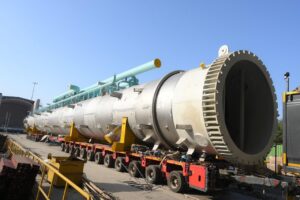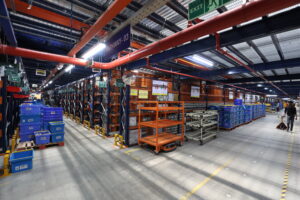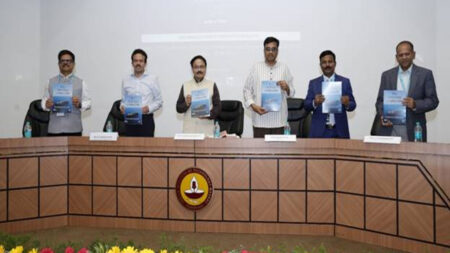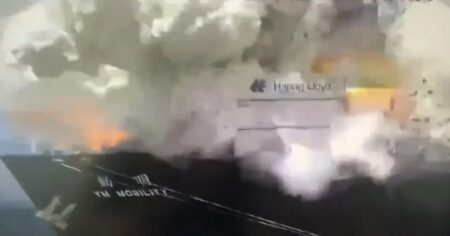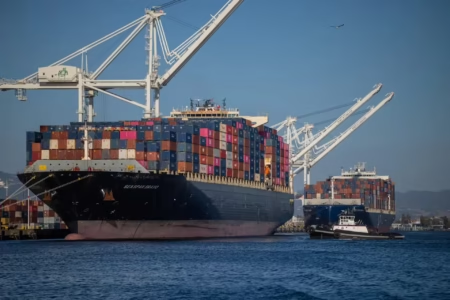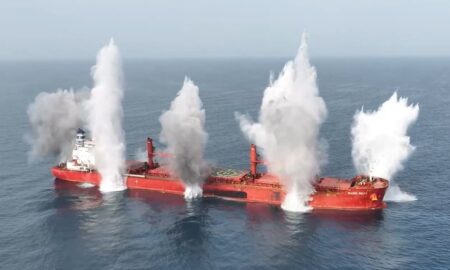The Port of Antwerp-Bruges has unveiled an advanced digital radar and camera network that covers the entire Antwerp port area. With the aim of enhancing safety and efficiency in shipping traffic, this comprehensive infrastructure represents a significant step towards establishing a complete digital nervous system in the region. The expansive port area, spanning over 120 km² with 11,000 hectares of waterways and quays, accommodates more than 300,000 shipping movements annually. The upgraded network comprises 460 cameras and 22 radars, all directly linked to the Antwerp Coordination Centre.
This integration allows for comprehensive monitoring of shipping activities and enables the efficient management of waterways and moorings in line with international safety standards. The real-time data collected from the network is analysed by authorised personnel and can be shared with security services and other authorities. The system also supports the port’s digital twin, APICA, which provides a real-time overview of port operations based on data from cameras, sensors, and drones.
By integrating artificial intelligence and detailed radar data, the network aims to enhance situational awareness and facilitate predictive and responsive actions. Rob Smeets, Chief Operations Officer Port of Antwerp-Bruges tells, “This network is a great asset to our port in terms of safety and operational efficiency. The new sensors form the technological backbone of shipping guidance. In the past, there were a few blind spots in the port area where we had no insight into unexpected shipping movements or incidents. Thanks to the successful cooperation with our concessionaires, we have been able to install radars and cameras in many new locations. There isn’t a single centimeter of the terrain that escapes this extensive network.”

